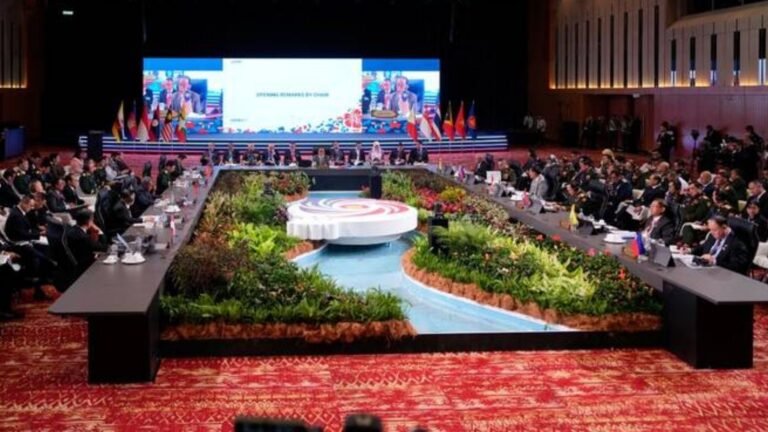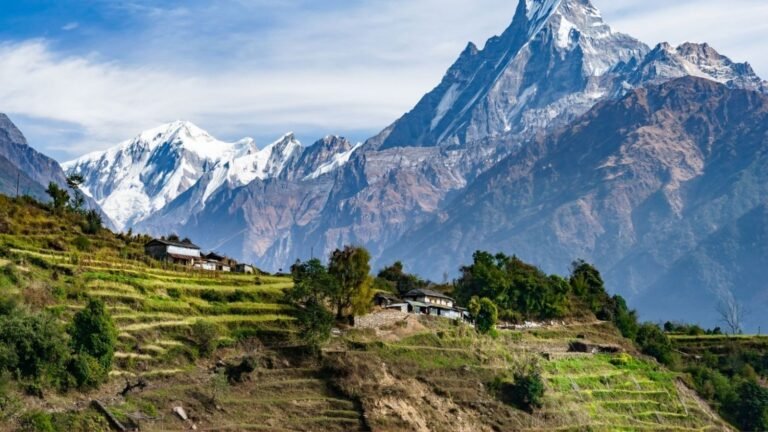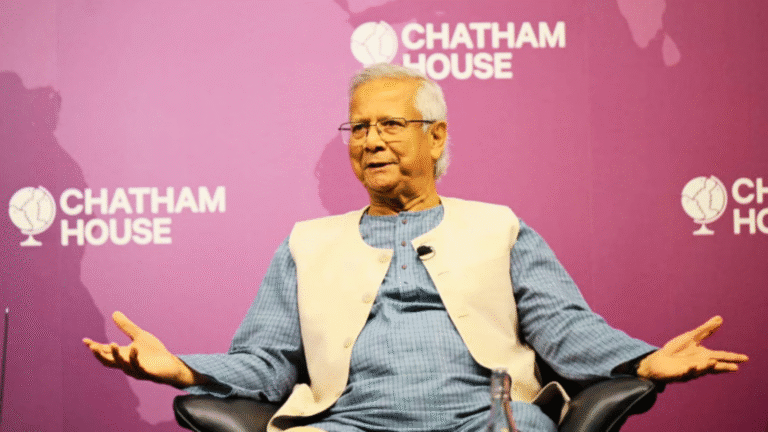China is set to embark on the construction of the world’s largest hydroelectric dam in the eastern region of the Tibetan Plateau, with the project recently receiving approval. This ambitious venture could have significant repercussions for millions of people in Bangladesh and India.
According to a report from Reuters on December 26, the dam will be built on the lower reaches of the Yarlung Tsangpo River. The Power Construction Corporation of China anticipates that the project will generate an astounding 30 trillion kilowatt-hours of electricity annually. This output is projected to far exceed that of the current largest hydroelectric facility, the Three Gorges Dam, potentially producing three times more power.
The Yarlung Tsangpo River flows through India’s Arunachal Pradesh and Assam before reaching Bangladesh, raising concerns about the potential impacts on both countries.
State-run media outlet Xinhua has indicated that the new project aims to meet carbon neutrality goals, invigorate industries such as engineering, and create job opportunities in Tibet.
It is believed that the cost of this dam may surpass that of the Three Gorges Dam, which was built at a cost of 254.2 billion yuan (approximately 34.83 billion dollars). The construction of the Three Gorges Dam led to the displacement of 1.4 million people and incurred expenses that were four times higher than initial estimates.
While the authorities have not disclosed how many people may be displaced by this new project or its potential impact on local ecosystems, Chinese officials assert that it will not significantly affect the environment or water supply in the lower regions. Despite these assurances, concerns have been raised by both Bangladesh and India regarding the implications of the dam.












+ There are no comments
Add yours